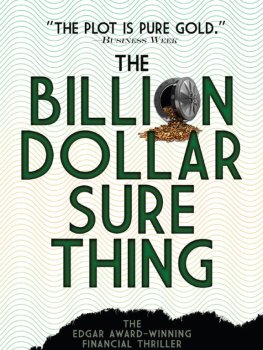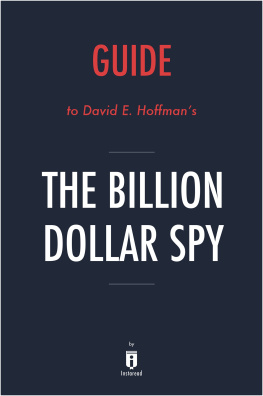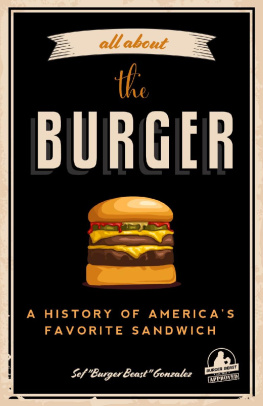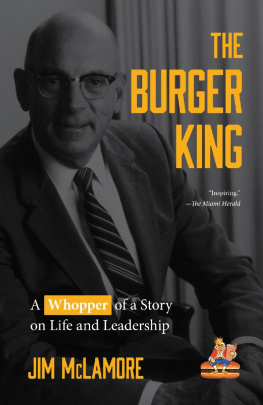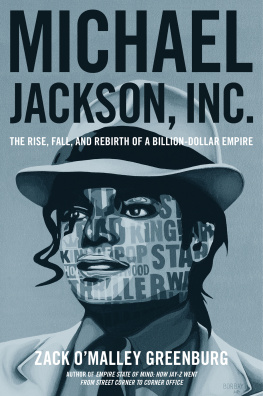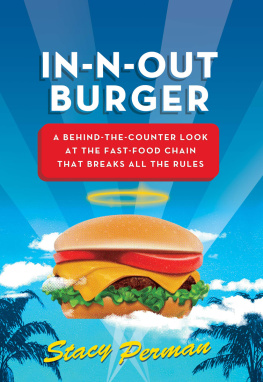Chase Purdy - Billion Dollar Burger: Inside Big Techs Race for the Future of Food
Here you can read online Chase Purdy - Billion Dollar Burger: Inside Big Techs Race for the Future of Food full text of the book (entire story) in english for free. Download pdf and epub, get meaning, cover and reviews about this ebook. year: 2020, publisher: Penguin Publishing Group, genre: Detective and thriller. Description of the work, (preface) as well as reviews are available. Best literature library LitArk.com created for fans of good reading and offers a wide selection of genres:
Romance novel
Science fiction
Adventure
Detective
Science
History
Home and family
Prose
Art
Politics
Computer
Non-fiction
Religion
Business
Children
Humor
Choose a favorite category and find really read worthwhile books. Enjoy immersion in the world of imagination, feel the emotions of the characters or learn something new for yourself, make an fascinating discovery.
- Book:Billion Dollar Burger: Inside Big Techs Race for the Future of Food
- Author:
- Publisher:Penguin Publishing Group
- Genre:
- Year:2020
- Rating:4 / 5
- Favourites:Add to favourites
- Your mark:
- 80
- 1
- 2
- 3
- 4
- 5
Billion Dollar Burger: Inside Big Techs Race for the Future of Food: summary, description and annotation
We offer to read an annotation, description, summary or preface (depends on what the author of the book "Billion Dollar Burger: Inside Big Techs Race for the Future of Food" wrote himself). If you haven't found the necessary information about the book — write in the comments, we will try to find it.
Chase Purdy: author's other books
Who wrote Billion Dollar Burger: Inside Big Techs Race for the Future of Food? Find out the surname, the name of the author of the book and a list of all author's works by series.
Billion Dollar Burger: Inside Big Techs Race for the Future of Food — read online for free the complete book (whole text) full work
Below is the text of the book, divided by pages. System saving the place of the last page read, allows you to conveniently read the book "Billion Dollar Burger: Inside Big Techs Race for the Future of Food" online for free, without having to search again every time where you left off. Put a bookmark, and you can go to the page where you finished reading at any time.
Font size:
Interval:
Bookmark:
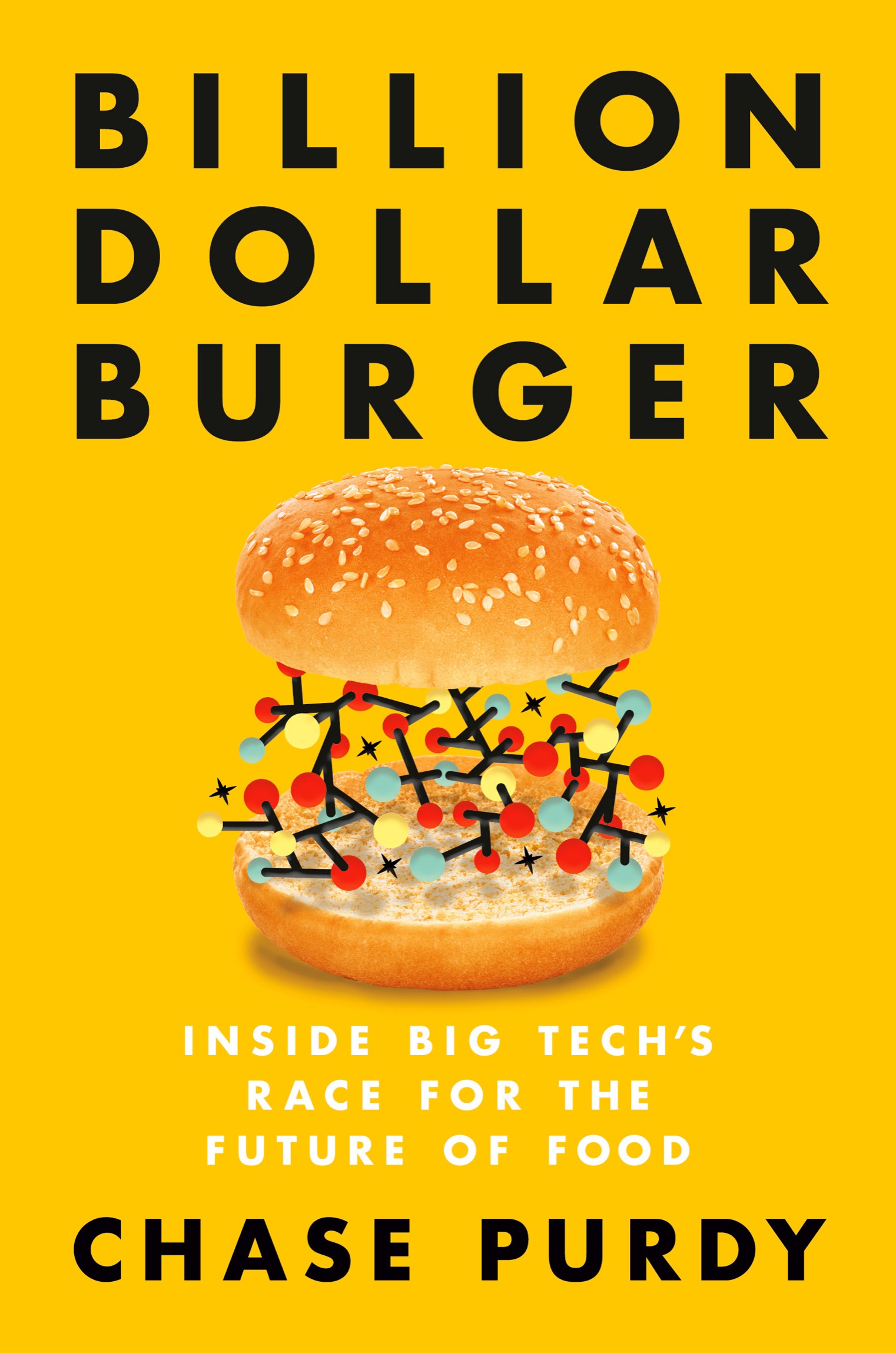
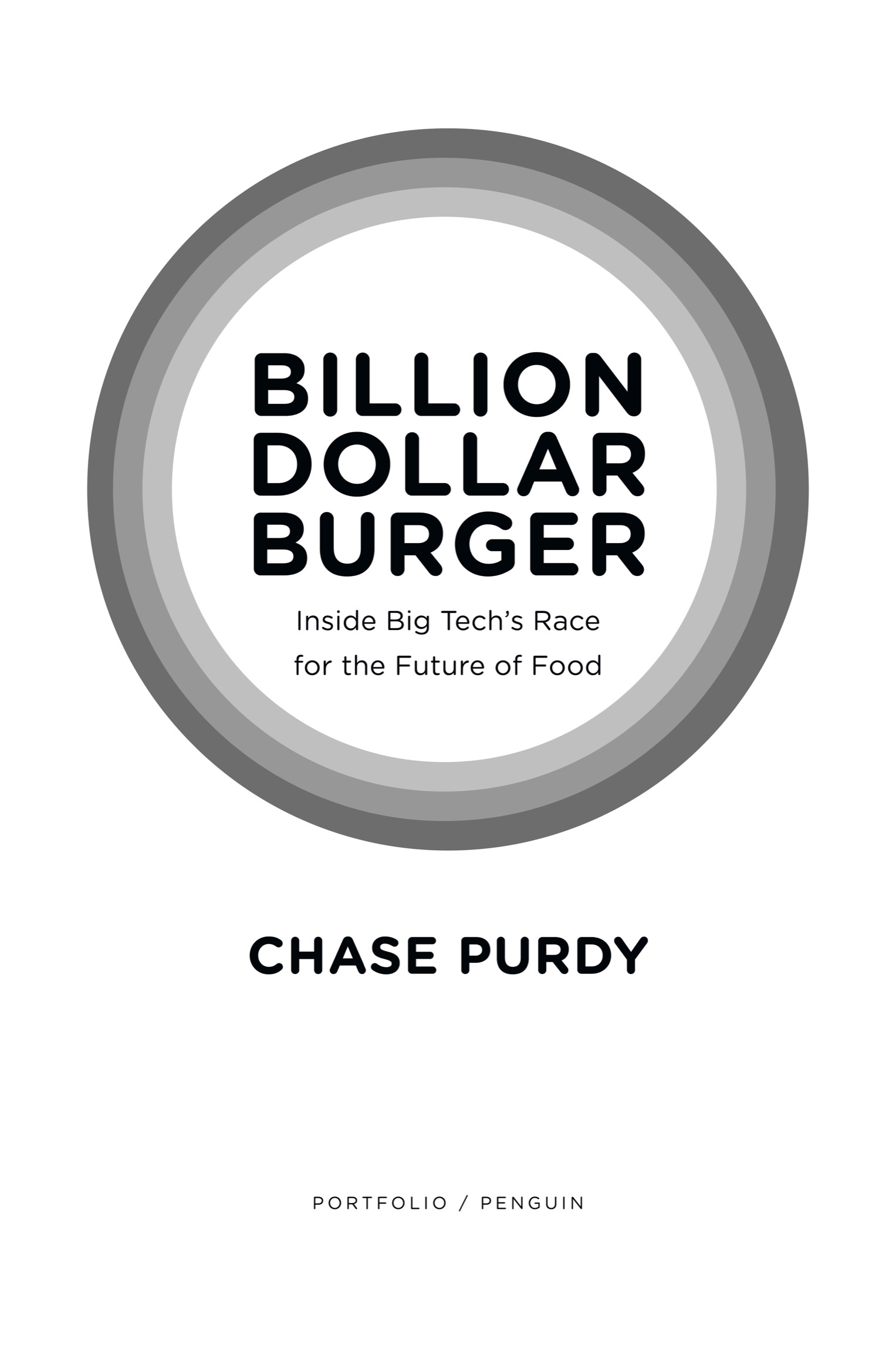

Portfolio / Penguin
An imprint of Penguin Random House LLC
penguinrandomhouse.com

Copyright 2020 by Chase Purdy
Penguin supports copyright. Copyright fuels creativity, encourages diverse voices, promotes free speech, and creates a vibrant culture. Thank you for buying an authorized edition of this book and for complying with copyright laws by not reproducing, scanning, or distributing any part of it in any form without permission. You are supporting writers and allowing Penguin to continue to publish books for every reader.
Library of Congress Cataloging-in-Publication Data
Names: Purdy, Chase, author.
Title: Billion dollar burger: inside big techs race for the future of
food / Chase Purdy.
Description: [New York] : Portfolio/Penguin, [2020] | Includes bibliographical references and index.
Identifiers: LCCN 2019056850 (print) | LCCN 2019056851 (ebook) | ISBN 9780525536949 (hardcover) | ISBN 9780525536956 (ebook)
Subjects: LCSH: MeatMoral and ethical aspects. | Meat industry and tradeEnvironmental aspects. | Cultured meat.
Classification: LCC GT2868.55 .P87 2020 (print) | LCC GT2868.55 (ebook) |DDC 641.3/6dc23
LC record available at https://lccn.loc.gov/2019056850
LC ebook record available at https://lccn.loc.gov/2019056851
Penguin is committed to publishing works of quality and integrity. In that spirit, we are proud to offer this book to our readers; however, the story, the experiences, and the words are the authors alone.
Cover design: Jennifer Heuer
Cover image: (burger bun) Kuzmik_A / iStock / Getty Images Plus
pid_prh_5.5.0_c0_r0
To my mother
Throughout this book I use the term cell-cultured meat or cultured meat because it is a scientifically accurate descriptor that reflects how the product is made. Even still, scientists, entrepreneurs, and regulators have not yet unified around a single term.
Its rare, but every now and again the biggest solution is incredibly, incredibly small.
Everyone sitting here with bated breath is dying to see whats underneath, says Nina Hossain, a British television personality. Its August 2013. Shes on a brightly lit stage with four others. She turns to Dr. Mark Post, on her left, who has flown to London from Central Europe. Hes staring down at the big desk before him, at a silver platter covered by a silver dome. So can you do the honors and lift the lid on your creation?
It was a make-or-break moment, proof that the concept could be tugged from the imagination and into reality. And maybe someone rich would see it.
Its, well, thats what we need, its money, a scientist on Posts team would later say. And I dont care who it is, if its Bill Gates or Paul McCartney or whatever, but someone to really see, literally see, that theres a future behind this process.
Post reached down and lifted the lid. Cameras in the room zoomed tightly onto a little petri dish filled with pink ground beefonly this wasnt ordinary beef. It was grown in Posts laboratory, painstakingly cultured from microscopic cells that had been collected from a living cowa cow that was still alive, not needing to be slaughtered for the sake of Posts burger. The five-ounce patty cost $330,000 to produce.
Chef Richard McGeown cooked the burger onstage. Sitting next to Post were Hanni Ruetzler, a food scientist, and Josh Schonwald, a food writer, who craned their necks to watch the burger sizzle in a searing-hot frying pan. McGeown served it up next to a lettuce leaf, a bun, and some tomato slices.
Ruetzler sliced into the burger. She pricked it with a fork, bringing it up close to her face to catch its aroma and inspect it closely. Then she took a bite, chewing slowly.
I was expecting the texture to be more soft, she said. There is quite some intense taste. Its close to meat, but its not that juicy. The consistency is perfect, but I miss salt and pepper.
Then Schonwald did the same.
The mouthfeel is like meat, he said. I miss the fat, theres a leanness to it, but the general bite feels like a hamburger.
The BBC, TheNew York Times, TheTelegraph, and National Public Radio dispatched stories. Twitter and Reddit flared up. In the face of a changing climate, growing concerns about animal welfare, antibiotic resistance, and global hunger, maybe, just maybe, we could take something small and use it to make big steps toward reshaping animal agriculture, a system that is responsible for about 14 percent of the globes greenhouse gas emissions and the yearly slaughter of some 65 billion animalsnot including fish.
Triumphant at the success of his showcase, Mark Post packed up and flew back home to the Netherlands. He returned to his Maastricht University laboratory where he got back to work, quietly ushering his expensive little burger into its next phase.
And then nothing. Silence.
A couple years ticked by and nobody heard much more about cell-cultured meat. Meanwhile, the general public began to catch wind of high-tech plant-based burgers made by the likes of Beyond Meat and Impossible Foods, imitation meat that put traditional garden-variety black bean patties to shame as they were marched into grocery stores and showed up on the menus of high-end restaurants like David Changs Momofuku Nishi in New Yorks moneyed Chelsea neighborhood, and eventually fast-food chains as commonplace as Burger King.
But the science didnt stop. And slowly, cultured meat began to creep back into the public consciousness. Post founded his own company and called it Mosa Meat. In 2015, Uma Valeti followed suit and founded Bay Areabased Memphis Meats. Yuki Hanyu started Tokyo-based IntegriCulture. Ido Savir founded Israel-based SuperMeat. Then Finless Foods, JUST, and Aleph Farms announced their own laboratories a year later, followed by Mission Barns and Future Meat Technologies a year after that. Slowly, stories and photos have started trickling out from these laboratories, showing chicken tenders, bluefin tuna, burgers, foie gras, steaks, and nuggets. Investment in these companies is picking up, too. Since 2015, more than $100 million has been invested in cell-cultured meat by venture capitalists and existing food giantswith the number and size of deals increasing every year.
Buoyed by venture capital and billionaire investors looking to overturn the multibillion-dollar meat industry, these start-ups are in an edible space race to get cell-cultured meat to market first. Its a complicated problem. First they need to devise a way to scale cell-culture technology at a reasonable cost. In 2013, it was priced at $1.2 million per pound. Now its hovering around $50 per pound, a precipitous drop as the technologists behind it have pushed the science to new heights. Then they need to hack a path forward through byzantine regulations designed around the needs and desires of the trillion-dollar meat industry. Against that kind of economic power, even the best-funded start-ups look like lightweights.
But one of these companies claims itll beat everyone else to the finish line. Josh Tetrick is a vegan activist and the CEO of San Franciscobased JUST. He aims to reshuffle how humans around the world think about the meat they consume, where it comes from, and how its madeand he has one big advantage over his competition. Hes the only one who actually knows how to run a food company. Since 2011, hes successfully rolled out a line of vegan condiments, vegan cookie doughs, and a popular liquid egg alternative made from mung beans. Those have been adopted globally by stores and restaurants. He has already-established relationships up and down the food supply chain and the industry know-how to more easily get future food products onto the market where theyll go head-to-head with the conventional meats weve always known. And hes investingheavilyin the science behind cell-cultured meat, building an on-site laboratory with a staff of about a dozen scientists who are experts in this new field.
Font size:
Interval:
Bookmark:
Similar books «Billion Dollar Burger: Inside Big Techs Race for the Future of Food»
Look at similar books to Billion Dollar Burger: Inside Big Techs Race for the Future of Food. We have selected literature similar in name and meaning in the hope of providing readers with more options to find new, interesting, not yet read works.
Discussion, reviews of the book Billion Dollar Burger: Inside Big Techs Race for the Future of Food and just readers' own opinions. Leave your comments, write what you think about the work, its meaning or the main characters. Specify what exactly you liked and what you didn't like, and why you think so.


